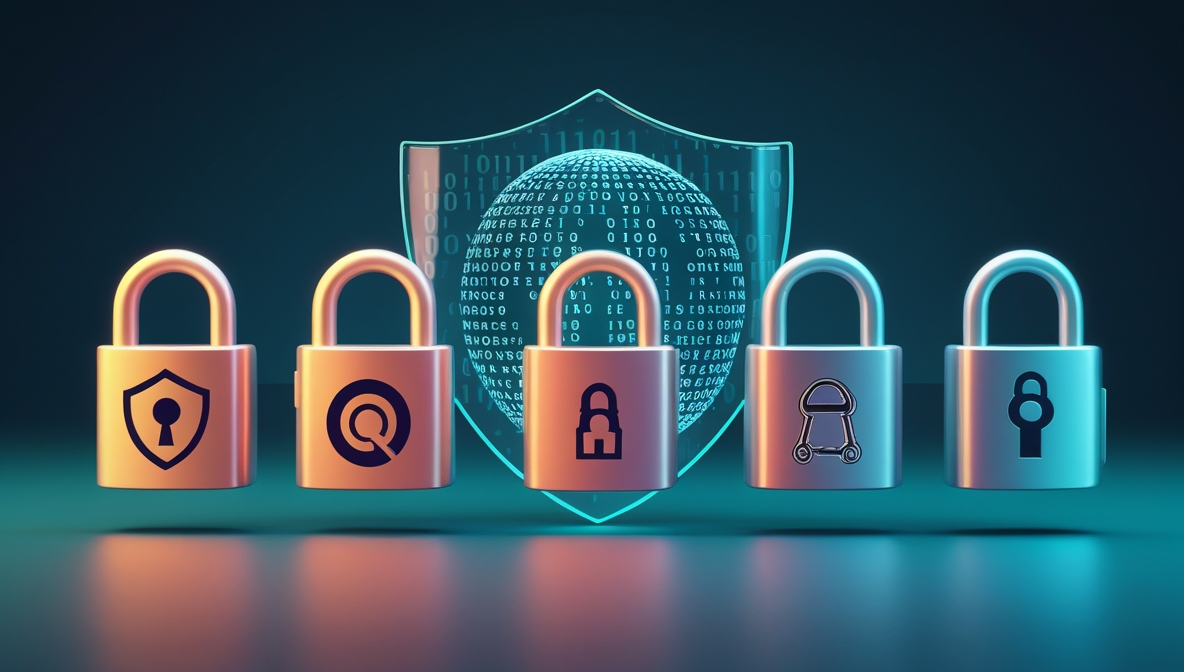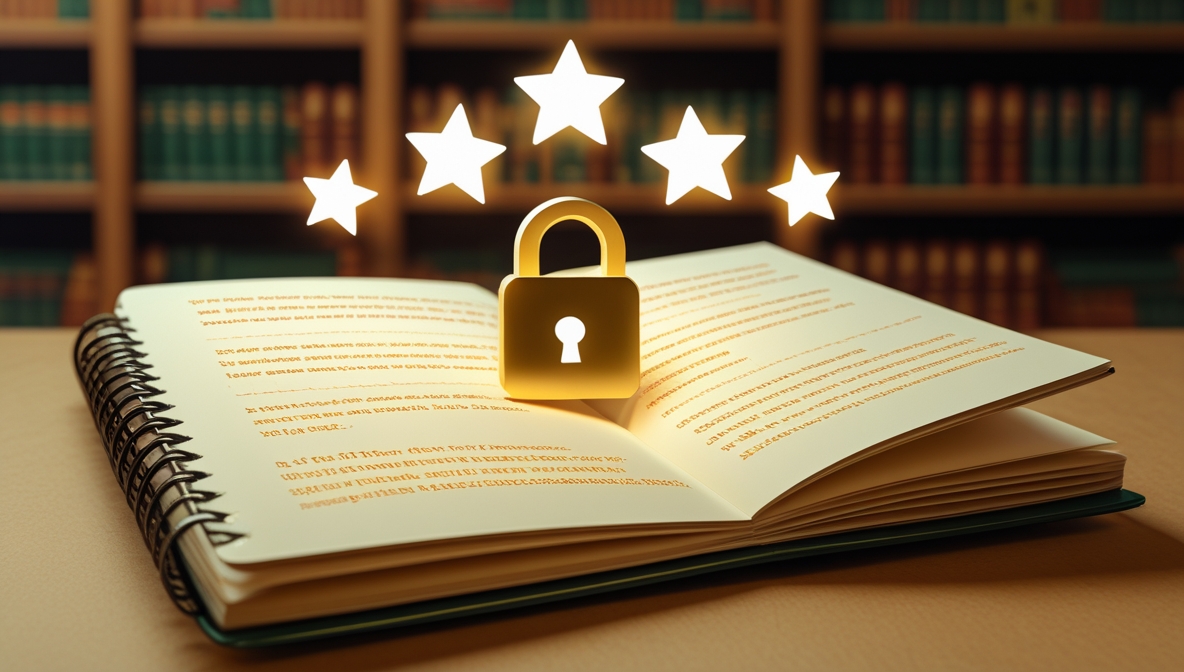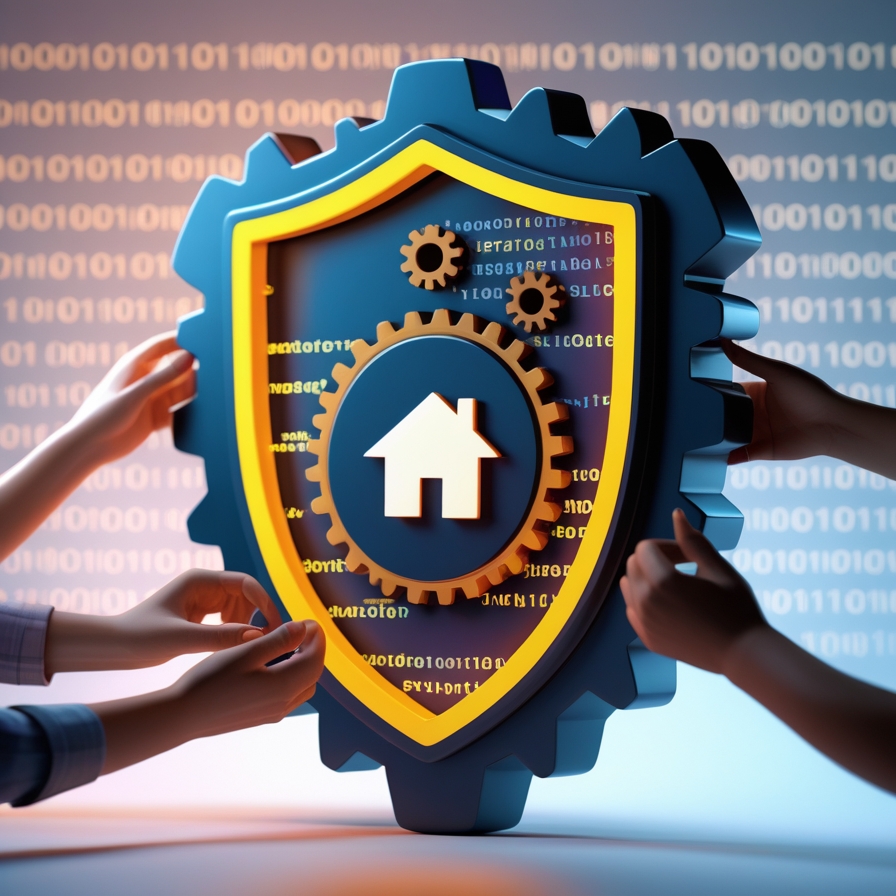In an age where cyber threats are escalating and data breaches are increasingly common, maintaining visibility over your digital footprint is no longer optional—it is a necessity. One of the most critical, yet often overlooked aspects of cybersecurity is the monitoring of your dark web presence. Whether you're a business owner, cybersecurity professional, or concerned individual, being proactive about tracking your exposure on the dark web can prevent identity theft, financial loss, and irreparable reputational damage.
What Is the Dark Web and Why Should You Care?
The dark web is a segment of the internet that isn't indexed by standard search engines and requires specific tools, such as the Tor browser, to access. While it's not inherently malicious, it has become a breeding ground for illicit activities, including the sale of stolen data, counterfeit documents, and hacking tools. Cybercriminals actively trade compromised credentials, Social Security numbers, credit card details, and corporate login information on these hidden networks.
When your personal or organizational data ends up on the dark web, it signals that a breach has occurred somewhere—either directly through your systems or via a third-party partner. If you're not monitoring these spaces, you could be blindsided by cyberattacks, financial fraud, or even corporate espionage.
Common Types of Information Found on the Dark Web
Dark web marketplaces and forums are a treasure trove for cybercriminals. The following are the most commonly traded types of information:
-
Login Credentials: Email/password combinations, especially those reused across platforms.
-
Banking Information: Credit and debit card numbers, account logins, and routing details.
-
Personal Identifiable Information (PII): Names, addresses, phone numbers, Social Security numbers.
-
Medical Records: Highly sensitive and valuable due to the depth of information.
-
Corporate Data: Internal documents, proprietary data, trade secrets, employee credentials.
How Data Ends Up on the Dark Web
Your information can land on the dark web in several ways, such as:
-
Phishing Attacks: Users are tricked into providing credentials to fake websites.
-
Malware Infections: Keyloggers and spyware silently harvest data.
-
Data Breaches: Hackers exploit vulnerabilities in databases and servers.
-
Third-Party Compromises: Vendors or partners may lack robust cybersecurity, creating a backdoor to your data.
Monitoring the dark web allows you to detect these incidents early and take corrective action before the damage escalates.
The Business Implications of Ignoring Dark Web Monitoring
Ignoring your dark web presence can have catastrophic consequences, especially for businesses. These include:
-
Reputation Damage: Once news spreads that your company’s data has been leaked, trust erodes.
-
Legal and Regulatory Fines: Failure to protect consumer data can result in heavy penalties under laws like GDPR or CCPA.
-
Financial Loss: Fraudulent transactions, ransomware payments, and class action lawsuits drain resources.
-
Loss of Competitive Edge: Stolen trade secrets and proprietary strategies can empower your competitors.
By monitoring the dark web, businesses can protect their brand integrity, financial health, and customer loyalty.
Benefits of Continuous Dark Web Monitoring
Here are some key advantages of implementing a dark web monitoring strategy:
-
Early Detection of Breaches: Quickly identify if your information is for sale.
-
Credential Risk Management: Alert employees to change compromised passwords.
-
Incident Response Readiness: Prepare and execute swift damage control.
-
Compliance Assurance: Demonstrate diligence to regulators and stakeholders.
-
Threat Intelligence: Understand the tactics and motives of adversaries.
This proactive approach gives you the upper hand against cybercriminals.
How to Monitor the Dark Web Effectively
There are several ways to stay ahead of threats lurking in the dark corners of the internet.
Leverage Specialized Monitoring Services
Companies like SpyCloud, DarkOwl, Recorded Future, and Have I Been Pwned offer comprehensive solutions that scan dark web forums, marketplaces, and chatrooms for leaked data associated with your domain or credentials.
These platforms often provide automated alerts, dashboards, and analytics to help you visualize and respond to threats quickly.
Implement Endpoint Detection and Response (EDR) Solutions
EDR tools can prevent malware from harvesting data in the first place, reducing the risk of exposure. Combine this with dark web scanning for a multilayered defense.
Educate and Train Employees
Human error remains the top vector for cyberattacks. Regular training sessions on phishing awareness, password hygiene, and data handling can drastically reduce the chances of credentials leaking to the dark web.
Conduct Regular Audits
Routine cybersecurity audits help identify weaknesses in your digital infrastructure. Vulnerabilities should be patched promptly, and access controls must be regularly reviewed to ensure least privilege principles are upheld.
Industries Most at Risk
While every individual and organization can benefit from dark web monitoring, certain sectors are particularly vulnerable:
-
Healthcare: Medical data is highly sought after and commands high prices.
-
Financial Services: Banking credentials and financial data are prime targets.
-
E-Commerce: User accounts and payment information are frequently traded.
-
Education: University systems often store vast amounts of PII.
-
Government: A target for espionage, terrorism, and sabotage.
Organizations in these sectors must prioritize dark web monitoring as a core part of their cybersecurity framework.
What To Do If Your Data Is Found on the Dark Web
Finding your information on the dark web is alarming, but your response can mitigate the damage:
-
Change All Affected Credentials: Immediately update passwords and enable multi-factor authentication (MFA).
-
Notify Stakeholders: Transparency is key—inform affected customers, employees, and partners.
-
Engage Cybersecurity Experts: Hire specialists to contain the breach and trace its source.
-
Report to Authorities: Depending on the nature of the data, you may need to involve legal or regulatory bodies.
-
Strengthen Future Defenses: Learn from the incident and patch all security gaps.
Swift and transparent action can help rebuild trust and limit long-term fallout.
The Future of Dark Web Threats
As cybersecurity tools become more advanced, so do the tactics of malicious actors. The dark web is evolving, with AI-powered malware, encrypted communication platforms, and blockchain-based anonymity complicating detection efforts. Monitoring will become even more essential as attackers shift toward smarter, stealthier tactics.
Enterprises must stay ahead of the curve by investing in AI-enhanced threat intelligence and maintaining an agile, responsive security posture.
Conclusion
Monitoring your dark web presence is no longer optional—it is a critical component of a modern cybersecurity strategy. By actively tracking your data, you reduce the risk of prolonged exposure, financial damage, and reputational loss. The cost of inaction is far greater than the investment in proactive defense.



